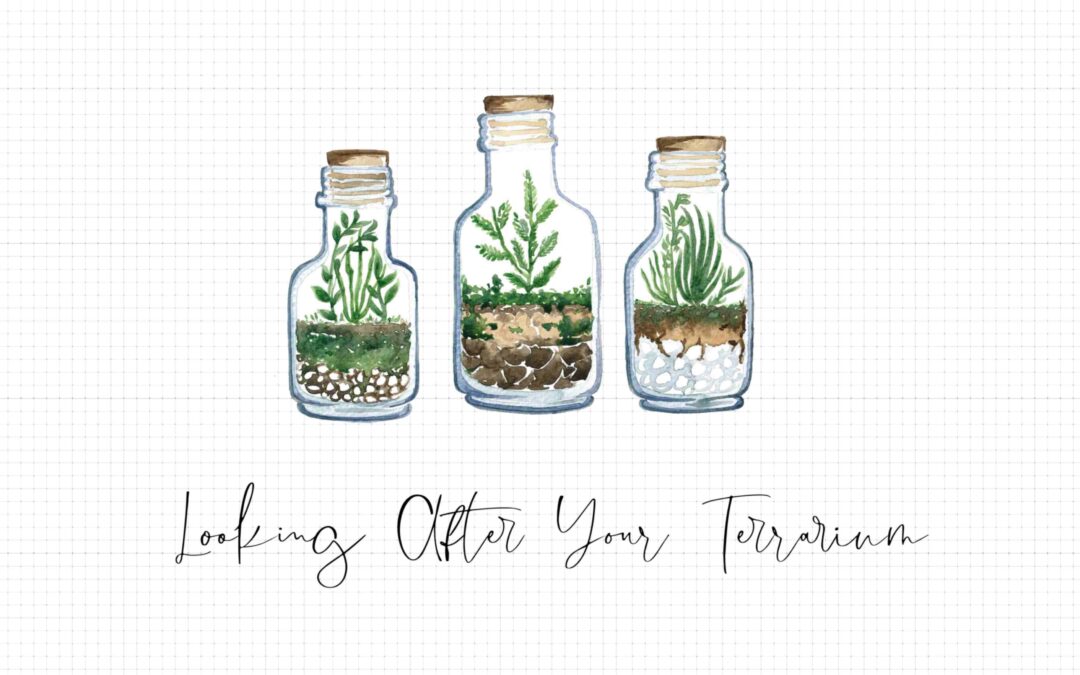If you managed to pop by our showroom at #CDW2024, then chances are you now have a mini Terrarium (aka a mini ecosystem) to look after. Or, maybe you’ve just added a new addition to your plant family? Either way, here’s our guidance on looking after a closed Terrarium:
- Understanding Closed Terrariums
- Proper Watering
- Optimal Light & Temperature
- Troubleshooting Common Issues
Understanding Closed Terrariums
Closed terrariums are self-contained ecosystems that mimic the natural water cycle. They consist of a glass container that creates a sealed environment for plants to grow.
The closed terrarium works by trapping moisture inside, which then condenses and falls back onto the plants. This creates a self-sustaining cycle that requires minimal maintenance.
It’s important to understand that closed terrariums require a delicate balance of moisture, light, and temperature to thrive. By understanding the unique needs of closed terrariums, you can ensure the health and longevity of your mini ecosystem.
These mini terrariums will only grow to the size of the pot, so don’t expect too much growth.
Proper Watering Techniques
Proper watering is crucial for the success of your closed terrarium. Overwatering can lead to root rot, while underwatering can cause the plants to wilt.
The best way to water your closed terrarium is to mist the plants using a spray bottle. This allows for controlled and gentle watering without overwhelming the plants. NEVER pour water into your terrarium as there is nowhere for excess water to go.
It’s important to monitor the moisture levels in your terrarium and adjust your watering schedule accordingly. If you notice condensation building up on the glass, it means the terrarium has enough moisture and you can reduce the frequency of watering.
Additionally, it’s important to use distilled or filtered water to prevent any harmful chemicals or minerals from affecting the plants.
Optimal Light and Temperature
Closed terrariums require indirect sunlight or bright, filtered light. Placing your terrarium near a window that receives morning or afternoon sun is ideal.
Direct sunlight can cause the temperature inside the terrarium to rise rapidly, leading to overheating and damage to the plants. It’s important to avoid placing your terrarium in direct sunlight.
The optimal temperature range for closed terrariums is between15°C and 27°C (60°F and 80°F). Avoid exposing your terrarium to extreme temperatures, as it can stress the plants and disrupt the delicate ecosystem.


Recent Comments